MINI REVIEW
Published on 19 Jul 2021
Insect in vitro System for Toxicology Studies — Current and Future Perspectives
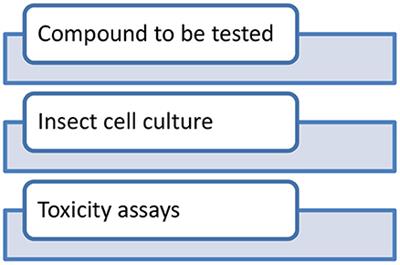
doi 10.3389/ftox.2021.671600
- 2,952 views
- 2 citations
7,630
Total downloads
35k
Total views and downloads
MINI REVIEW
Published on 19 Jul 2021

MINI REVIEW
Published on 03 Jun 2021
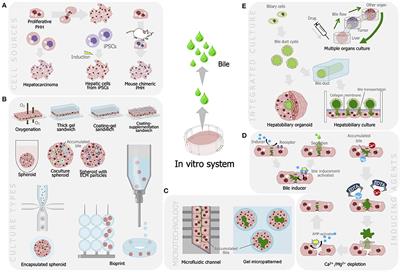
ORIGINAL RESEARCH
Published on 28 May 2021
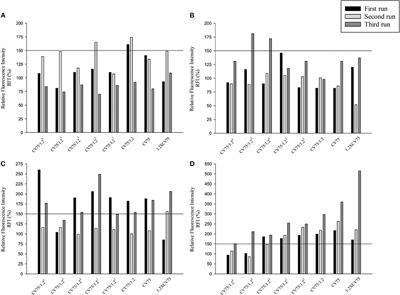
REVIEW
Published on 04 May 2021
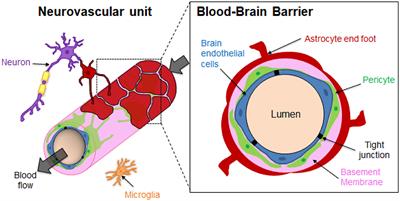
REVIEW
Published on 29 Apr 2021
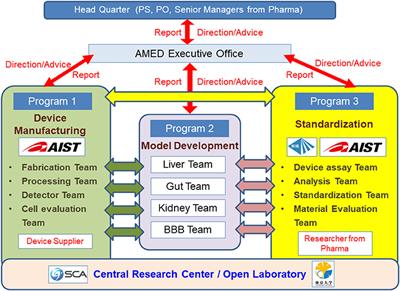
REVIEW
Published on 27 Apr 2021
